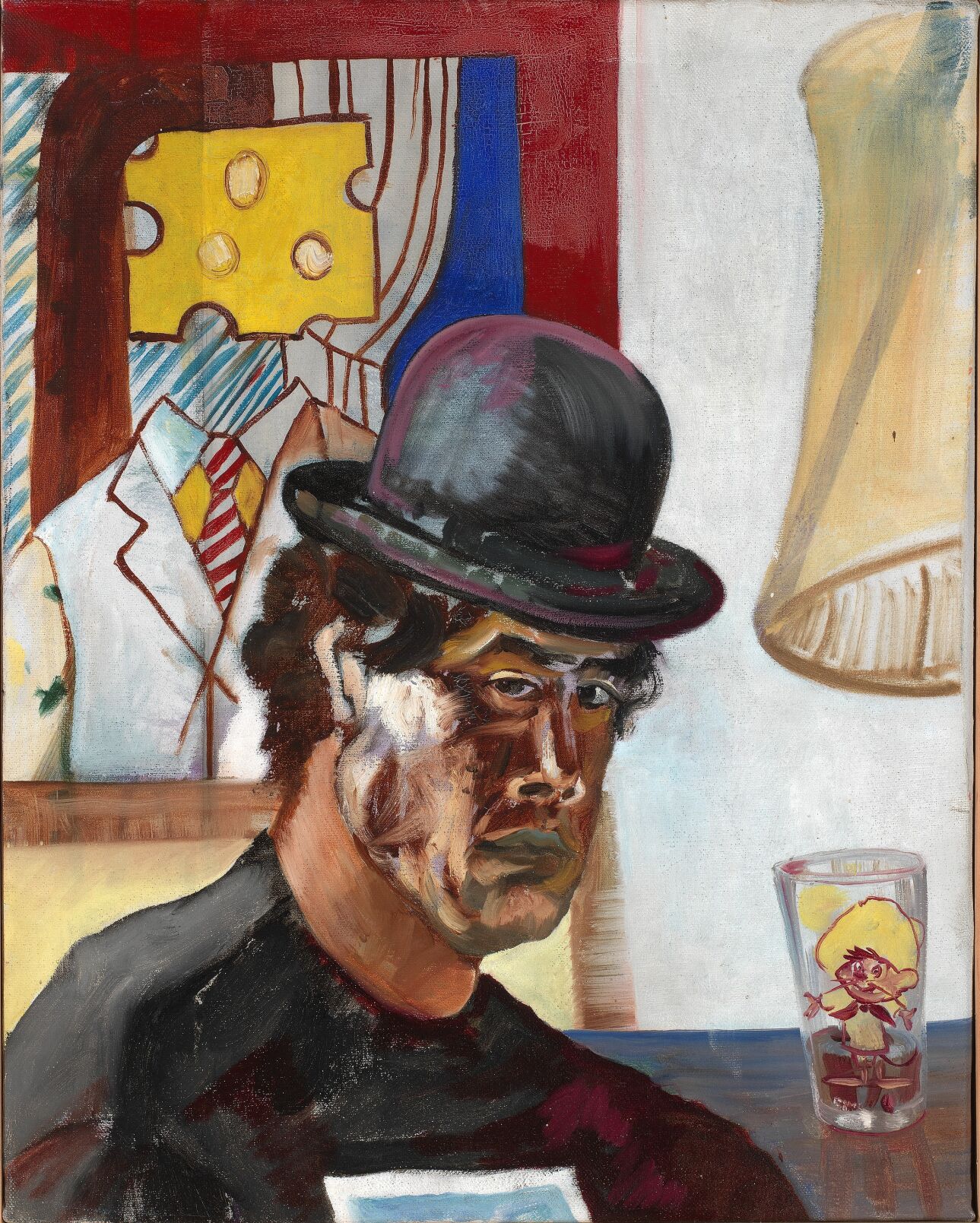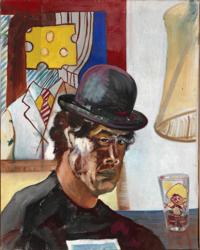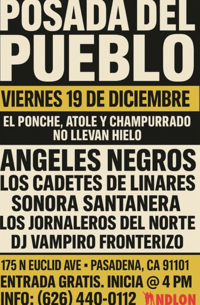
Roberto Chavez, "Self-Portrait with Speedy Gonzales," 1963, oil on canvas, 20 x 16 in. (50.8 x 40.6 cm), Smithsonian American Art Museum, Museum purchase through the Luisita L. and Franz H. Denghausen Endowment.
Native Angeleno Robert Chavez, an artist whose career began in the 1950s, died on December 17 of natural causes, according to his daughter.
Chavez passed away in Arivaca, Arizona, reported ARTnews.
Chavez was part of the “Art Along the Hyphen: The Mexican-American Generation” exhibition mounted by UCLA’s Chicano Studies and the Autry Museum in 2011.
He painted murals at the Estrada Courts housing complex in Boyle Heights, as well as at East Los Angeles College, where he was a professor in the Chicana/o Studies department. The mural titled “The Path to Knowledge and the False University” was white washed in 1979 because it “referenced the radical educational climate of the time," according to the Vincent Price Museum.
He was considered “one of the greatest artist contributors to the East L.A. art scene and a mentor and role model for many during the emerging Chicano art movement in the 1960s and 1970s. Some have even referred to Chavez as the ‘spiritual father of Chicano art’,” stated the Vincent Price Art Museum website.
Roberto Chavez was born to parents who came to Los Angeles after the Mexican Revolution. He showed an early fascination with drawing, mainly cartoons and caricatures. He also loved to create sculptures from metal scraps and recycle materials into toys.
He enrolled in Los Angeles City College’s commercial art program and transferred to UCLA following military service.
At UCLA, Chavez studied painting and drawing with the influential painters William Brice and Sam Amato, as well as printmaking with John Paul Jones. He also met fellow art students Louis Lunetta, Eduardo Carrillo and Charles Garabedian.
In 1962, the four artists exhibited at the opening of the seminal Ceeje Gallery and were at
the forefront of the development of a distinct L.A. style based on the figure. Chavez’s painting “Ladies Art Class, Sawtelle” (1967) exhibits the artistic characteristics that came to constitute his singular expressionist style.
Chavez resigned from his teaching position at ELAC in 1981 and moved to northern California, where he continued his career as a painter.










(0) comments
Welcome to the discussion.
Log In
Keep it Clean. Please avoid obscene, vulgar, lewd, racist or sexually-oriented language.
PLEASE TURN OFF YOUR CAPS LOCK.
Don't Threaten. Threats of harming another person will not be tolerated.
Be Truthful. Don't knowingly lie about anyone or anything.
Be Nice. No racism, sexism or any sort of -ism that is degrading to another person.
Be Proactive. Use the 'Report' link on each comment to let us know of abusive posts.
Share with Us. We'd love to hear eyewitness accounts, the history behind an article.